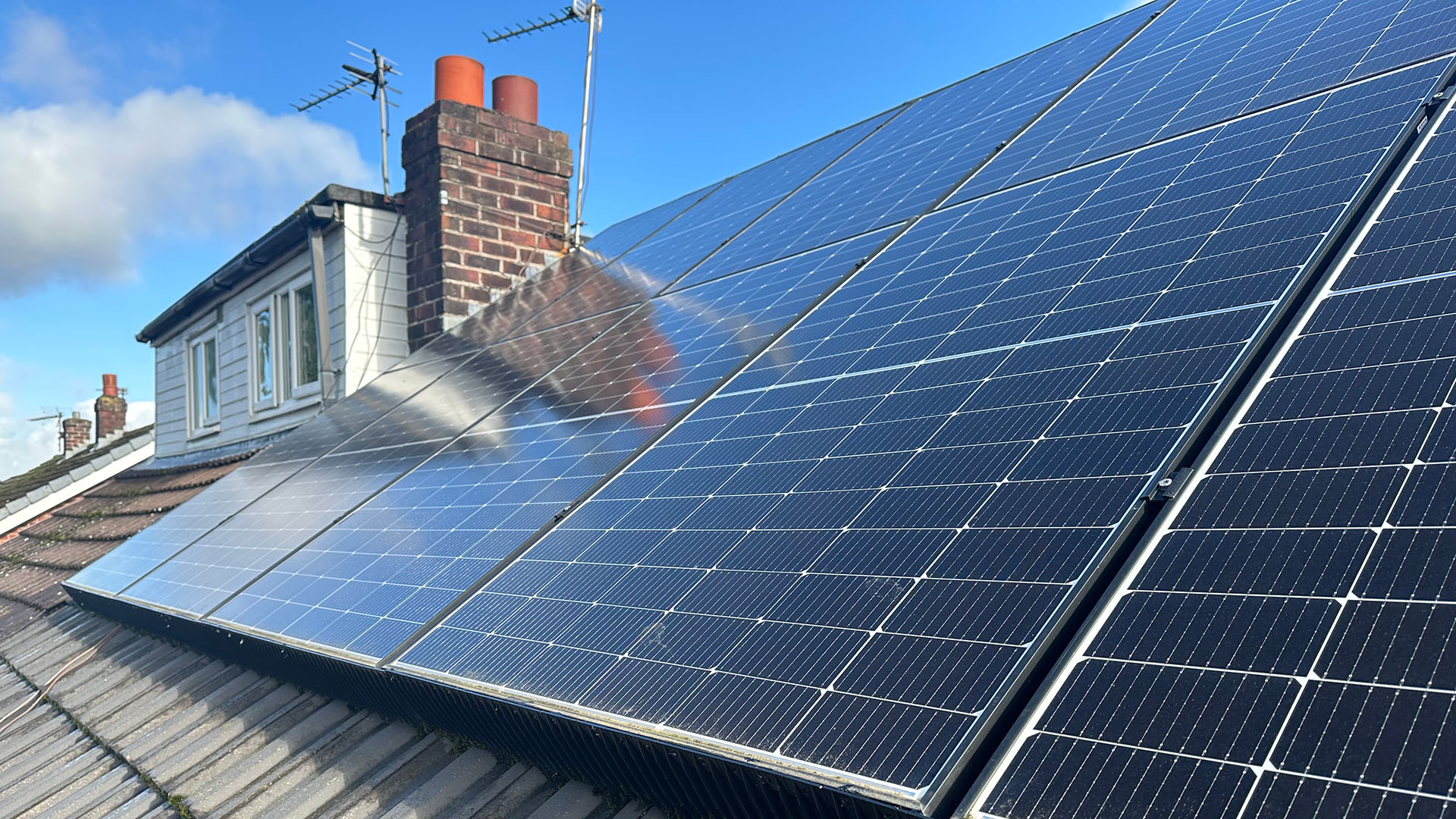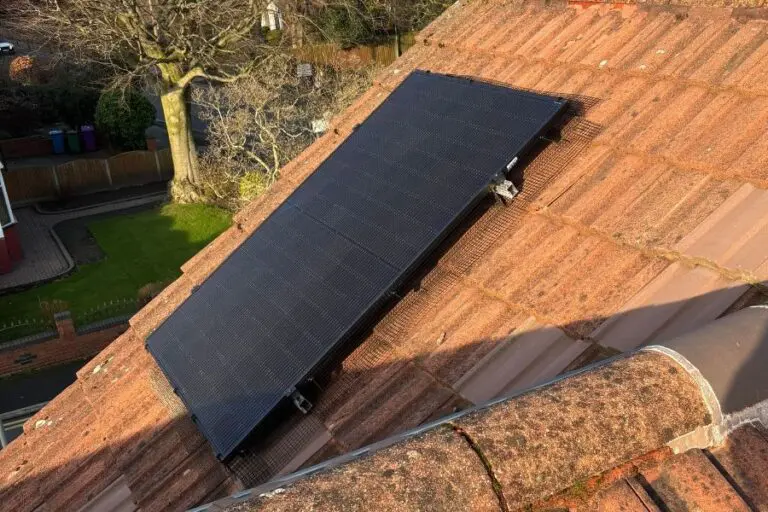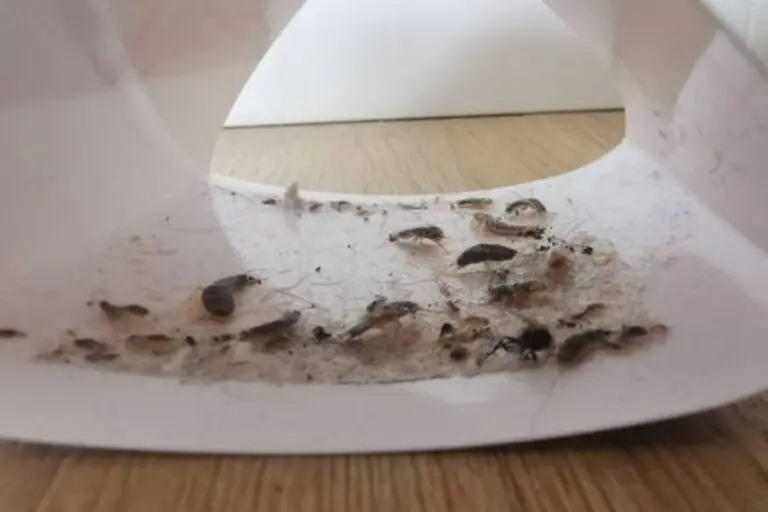Clean solar panels boost performance, lifespan, and financial returns: A guide.

Mastering Solar Energy: The Critical Role of Clean Solar Panels
In today’s world, the shift toward renewable energy is more important than ever, and solar panels are a leading solution for sustainable energy production. However, ensuring clean solar panels is essential to maintaining optimal performance and maximising the benefits of this renewable energy source. This in-depth guide reveals how clean solar panels impact energy production, system longevity, financial returns, and practical steps to keep them in peak condition.
Why Are Clean Solar Panels Essential for Optimal Energy Generation?
Solar panels function by capturing sunlight and converting it into electricity through a process called the photovoltaic effect. Photovoltaic cells within the panels respond to sunlight by releasing electrons, creating an electric current. Solar panels need clear, unobstructed exposure to sunlight for this process to work at maximum efficiency.
Even small amounts of dust, dirt, or bird droppings can create a barrier on the panel surface, limiting the sunlight that reaches the photovoltaic cells. Depending on the severity of the dirt accumulation, this barrier can result in a 15% to 25% loss in energy production. For large solar arrays, this efficiency loss translates into a substantial decrease in energy output, impacting both environmental goals and financial savings.
How Dirty Solar Panels Reduce Energy Production
The impact of dirty solar panels extends far beyond aesthetics. A dirty solar panel is an underperforming panel. Here’s how various types of debris affect energy generation:
- Dust and Dirt: Dust particles reduce sunlight penetration, creating a “shadow effect” on the photovoltaic cells. These particles block light from reaching the cells, reducing the panels’ electricity.
- Bird Droppings and Organic Residues: Bird droppings create a thicker, more obstructive layer on the panel surface. Unlike dust, which can sometimes be washed away by rain, bird droppings tend to harden and require manual cleaning to remove. The acidic nature of bird droppings also corrodes the surface over time, impacting both efficiency and panel longevity.
- Leaves and Other Debris: In regions with trees or heavy vegetation, leaves and organic matter can collect on solar panels, creating localised shading that reduces the ability of photovoltaic cells to capture sunlight. This build-up also traps moisture, potentially leading to rust and other forms of degradation.
- Airborne Pollutants: In industrial areas, pollutants like soot or chemical residues settle on solar panels, creating an additional layer that reduces efficiency. The contaminants can also degrade the panels over time, leading to the need for replacements sooner than expected.
Studies indicate that a layer of dust of only 0.5 grams per square meter can decrease solar panel efficiency by up to 20%. Therefore, regular cleaning is paramount to ensure the panels operate at their designed capacity.
The Financial and Environmental Costs of Dirty Solar Panels
Solar panels are a financial investment designed to provide long-term returns through energy savings and environmental benefits. However, when solar panels are not maintained, the efficiency loss translates directly into economic and ecological costs.
- Financial Costs: With reduced energy production, solar panel owners must rely more heavily on grid electricity, which incurs additional costs. This can negate the economic benefits of going solar. In addition, dirty panels mean the energy savings achieved over time are lower than expected, reducing the system’s return on investment.
- Environmental Costs: Solar panels are integral to reducing carbon footprints. Clean panels contribute directly to greenhouse gas reductions, as they generate more energy from sunlight and require less grid electricity, much of which comes from fossil fuels. On the other hand, dirty panels result in higher energy demands from the grid, indirectly increasing greenhouse gas emissions and negating some of the benefits of solar energy.
Maintaining clean solar panels, therefore, is not just a matter of maximising returns but also of upholding solar energy’s environmental promise by maximising renewable energy generation.
Benefits of Clean Solar Panels: Maximising Your Investment
Keeping your solar panels clean provides a wide array of benefits that go beyond energy production. Let’s explore these advantages in depth:
- Enhanced Energy Efficiency: Clean solar panels allow photovoltaic cells to absorb sunlight fully, maximising energy output. This translates into higher efficiency for each kilowatt of solar power generated.
- Increased Financial Savings: With optimised energy production, clean solar panels reduce the need for grid electricity, directly lowering energy bills. The energy generated can be sold back to the grid, providing further financial incentives.
- Higher Return on Investment (ROI): Solar panels are a long-term investment. Cleaner panels yield better returns by producing more energy over time. By maintaining peak performance, clean panels shorten the payback period and enhance the financial viability of your solar system.
- Extended Panel Lifespan: Clean solar panels are less likely to suffer from corrosion and structural damage caused by debris accumulation. Preventing such damage reduces the likelihood of repairs or early replacement, ensuring that your solar investment remains effective for decades.
- Sustainability: Clean panels maximise the eco-friendly impact of solar energy, reducing dependence on fossil fuels and supporting global carbon reduction efforts. By generating the maximum possible renewable energy, clean solar panels contribute meaningfully to a more sustainable energy future.
- Preservation of Manufacturer Warranty: Many solar panel manufacturers specify regular maintenance, including cleaning, as a condition for warranty coverage. Neglecting cleaning may void the warranty, making the investment riskier and potentially costlier in the event of repairs.
The Connection Between Clean Solar Panels and System Longevity
The relationship between clean solar panels and the system’s longevity is profound. Dirt, grime, and debris create localised areas of trapped heat, known as “hot spots.” These areas result in thermal stress on the photovoltaic cells, leading to micro cracks and degradation over time. If left unchecked, micro cracks spread and can compromise the structural integrity of the entire panel, reducing its lifespan.
Keeping panels clean minimises these hot spots, maintaining a balanced temperature across the panel surface and preserving its structural health. This proactive approach to panel maintenance ensures that your solar system remains resilient, delivering consistent energy output and reducing the risk of premature wear.
Professional Solar Panel Cleaning: Benefits and Considerations
Cleaning solar panels might seem straightforward, but specialised knowledge and equipment are required to prevent potential damage. Here’s why professional solar panel cleaning services offer distinct advantages:
- Expertise in Cleaning Techniques: Professionals understand the delicate structure of solar panels and are trained in techniques that prevent scratches, abrasions, or other damage.
- Use of Specialised Equipment: Professional services employ soft brushes, purified water, and non-abrasive cleaning solutions. These materials are designed to clean solar panels without compromising their protective coating.
- Safety Assurance: Cleaning panels often involves climbing onto rooftops, which can be hazardous. Professionals have the necessary safety gear and training to clean solar panels safely, reducing the risk of falls or injuries.
- Thorough and Consistent Cleaning: Professional cleaners reach areas that may be difficult for homeowners to access, ensuring the entire surface is clean. They also adhere to consistent maintenance schedules so your panels remain in optimal condition year-round.
- Regular Inspections for Preventative Maintenance: Many professional cleaners conduct a visual inspection as part of their service, identifying potential issues like micro cracks, corrosion, or wiring defects that may need attention. Early detection of these issues prevents more extensive damage and costly repairs.
How Seasonal Variations Affect Solar Panel Cleanliness
Solar panels are exposed to the elements year-round, and different seasons bring specific challenges to panel cleanliness and efficiency:
- Spring: Spring often brings pollen, which sticks to the panel surface and reduces sunlight absorption. This is also when bird activity increases, increasing the chances of bird droppings accumulating on the panels.
- Summer: Summer is typically drier, meaning that dust and dirt accumulation on solar panels may increase due to lack of rain. Hot weather can also intensify the impact of accumulated dirt, as heat exacerbates the energy losses caused by even minor obstructions.
- Fall: Falling leaves are a common source of debris in autumn, particularly in areas with trees. Leaves can stick to panels, creating shaded areas that reduce energy production. Rainfall can also mix with the accumulated debris, causing a muddy residue that requires manual cleaning.
- Winter: Snow can blanket solar panels, blocking sunlight entirely. Specialised snow removal tools may be needed in regions with heavy snowfall to keep panels clear. Additionally, winter storms may carry grime, salt, or other residues that further obstruct light absorption.
Being mindful of seasonal changes and adapting cleaning schedules accordingly ensures that your panels maintain optimal performance regardless of weather conditions.
DIY Solar Panel Cleaning: Tips and Precautions
For those who choose to clean solar panels themselves, it’s essential to follow specific guidelines to avoid damaging the panels:
- Use Soft Cleaning Tools: Always use a soft sponge or brush to avoid scratching the surface. Abrasive materials can damage the panels’ protective coating.
- Opt for Purified Water: Tap water often contains minerals that can leave residue or streaks. Using purified or distilled water ensures a streak-free clean.
- Avoid Harsh Chemicals: Chemical cleaners may be too harsh and can damage the surface of the solar panels. Instead, use gentle cleaning solutions designed specifically for solar panels.
- Clean Early in the Morning or Late in the Evening: Cleaning during the cooler hours of the day prevents water from evaporating too quickly, reducing the risk of streaks or spots.
- Exercise Caution with Rooftop Panels: If your panels are installed on the roof, be cautious when accessing them. Use a stable ladder, wear non-slip shoes, and consider a safety harness if necessary.
- Do Not Use Pressure Washers: High-pressure water can damage the panel surface and force water into areas that aren’t watertight, leading to electrical damage or corrosion.
How to Calculate the Impact of Dirty Solar Panels on Efficiency and Cost
Calculating the potential losses associated with dirty solar panels involves understanding efficiency reductions and the corresponding financial impact:
- Determine Initial Output: Start by finding your solar panels’ ideal energy output under clean conditions. The manufacturer typically provides this in kilowatt-hours (kWh).
- Estimate Efficiency Loss: Research has shown that dirty panels can lose between 15% and 25% of their efficiency. Use a conservative estimate for your specific environment.
- Calculate Lost Energy: Multiply the initial energy output by the estimated efficiency loss percentage. For instance, if you typically produce 1000 kWh per month and experience a 20% efficiency loss, that equates to 200 kWh of lost energy each month.
- Determine Financial Impact: Multiply the lost energy by your local electricity rate. For example, if electricity costs £0.10 per kWh, 200 kWh of lost energy equals £20 in additional monthly costs.
- Extrapolate Annual Losses: Projecting these losses over a year provides a clearer picture of the long-term impact. In this case, £20 per month translates to £240 per year, highlighting the financial motivation for regular cleaning.
Clean Solar Panels as a Symbol of Renewable Energy Commitment
Maintaining clean solar panels optimises energy production and reinforces the broader goal of sustainable energy. Clean panels symbolise the importance of renewable energy, demonstrating that solar panel owners prioritise efficiency, environmental responsibility, and the future of clean energy.
Regular maintenance showcases a commitment to the optimal use of resources, inspiring others in the community to adopt and care for renewable energy solutions. In this way, clean solar panels are a practical and symbolic investment in a sustainable future, embodying the values of the green energy movement.
Final Thoughts: Embracing Solar Panel Cleanliness for Optimal Performance
Clean solar panels are essential to the successful implementation of renewable energy. Solar panel owners can maximise energy production, protect their investments, and contribute to cleaner plants by preventing the build-up of dirt, debris, and other contaminants. Embracing regular panel cleaning as part of a comprehensive maintenance strategy ensures a high-performing solar energy system that delivers maximum returns, longevity, and environmental benefits.
Keeping solar panels clean is crucial in the journey toward sustainable energy. By doing so, we ensure that solar technology continues to drive positive change, providing a reliable, efficient, and environmentally conscious energy source for years.





